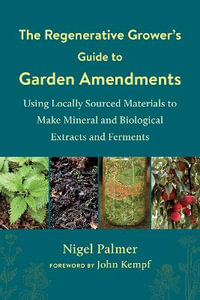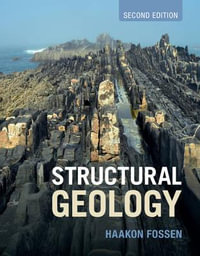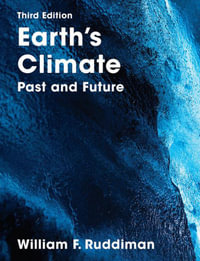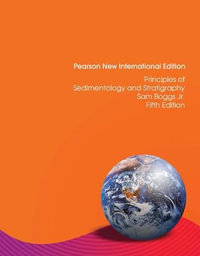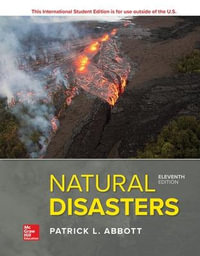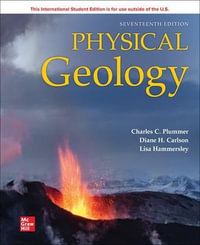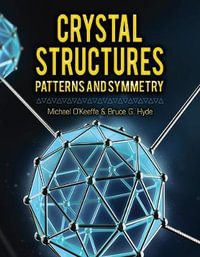
Microbial Metal Respiration
From Geochemistry to Potential Applications
By: Johannes Gescher (Editor), Andreas Kappler (Editor)
Paperback | 14 December 2014
At a Glance
Paperback
$264.27
Aims to ship in 7 to 10 business days
ISBN: 9783642441387
ISBN-10: 3642441386
Published: 14th December 2014
Format: Paperback
Language: English
Number of Pages: 244
Audience: Professional and Scholarly
Publisher: Springer Nature B.V.
Country of Publication: DE
Dimensions (cm): 23.39 x 15.6 x 1.3
Weight (kg): 0.35
Shipping
| Standard Shipping | Express Shipping | |
|---|---|---|
| Metro postcodes: | $9.99 | $14.95 |
| Regional postcodes: | $9.99 | $14.95 |
| Rural postcodes: | $9.99 | $14.95 |
How to return your order
At Booktopia, we offer hassle-free returns in accordance with our returns policy. If you wish to return an item, please get in touch with Booktopia Customer Care.
Additional postage charges may be applicable.
Defective items
If there is a problem with any of the items received for your order then the Booktopia Customer Care team is ready to assist you.
For more info please visit our Help Centre.
You Can Find This Book In
This product is categorised by
- Non-FictionEarth Sciences, Geography, Environment, PlanningGeographyBiogeography
- Non-FictionScienceBiology, Life SciencesLife Sciences in GeneralEcological Science
- Non-FictionScienceBiology, Life SciencesMicrobiology excluding Medical
- Non-FictionEarth Sciences, Geography, Environment, PlanningEarth SciencesGeology & The Lithosphere







